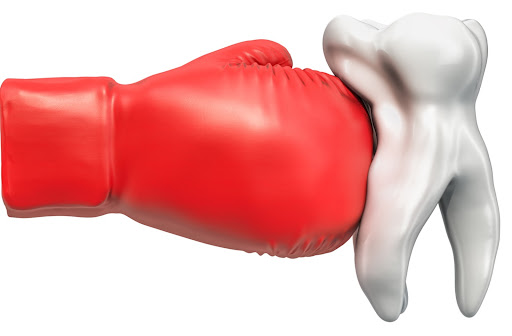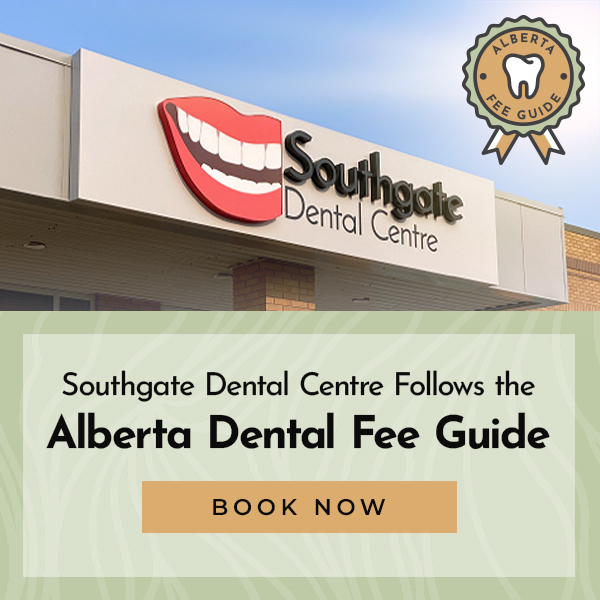Our teeth risk damage every day. From cavities to injuries, it’s important that you know how to identify an oral issue and what to do if you experience an injury.
Dental emergencies can happen in the blink of an eye, but, fortunately, your dentist can treat even the most severe oral injuries. Emergency dental care is available for you when you need it the most, and getting immediate care increases the chances of an injured tooth’s survival.
Keep reading to learn more about the most common dental injuries, what to do in an emergency, and how regular dental exams can prevent future issues.
The 10 Most Common Dental Injuries
For the most part, we all know when we’re experiencing a medical emergency. But how do you know when a dental injury is serious? Here are the 10 most common dental injuries and what you should do until you can see your dentist.
- Toothache
The most common dental injury is a toothache. The pain you experience can vary depending on the cause of your toothache, but it is typically a dull ache and can be sensitive to the touch and biting.
If you have a toothache, call your dentist and explain your symptoms. Avoid any home remedies unless recommended by your dentist, as they can often make your symptoms worse.
- Chipped or Broken Tooth
If you experience an injury to the face, a chipped or broken tooth is generally easy to identify. If you feel a difference in your tooth after an injury, use a mirror to check if there is a break.
Luckily, a chipped or broken tooth can usually be saved by your dentist through the use of a filling, a crown, or a root canal. Call a dentist immediately if you have this type of dental injury.
- Knocked-out Tooth
If you have a knocked-out tooth, you must seek emergency dental attention. The faster you seek care, the more likely your tooth will retake root.
If your tooth has been completely knocked out of your mouth, you should take the following steps:
- If the tooth is still clean, you should try to put it back in its socket
- If the tooth is dirty or cannot be put back in the socket, put it in milk
- Seek immediate dental care
For reimplantation to be successful, ideally the tooth should be reinserted within 10 minutes. After 2 hours the chances of the tooth rerooting decreases dramatically.
- Dislodged Tooth
A dislodged tooth is a tooth that has shifted in its socket but hasn’t been entirely knocked out.
If you have a dislodged tooth, contact your dentist immediately and explain your symptoms. Depending on the severity of the injury, your dentist may splint your tooth and/or perform a root canal.
- Lost Filling or Crown
Fillings and crowns can become loose and may fall out. Usually, this isn’t serious and can easily be fixed, but it can be painful.
If you have lost a filling or crown, contact your dentist. If the exposed tooth is painful, you can cover it with a piece of sugar-free gum until you can see your dentist.
- Broken Orthodontics
Just like our teeth are sensitive to damage, braces can be susceptible to injury as well. Although broken orthodontics usually don’t damage the teeth, broken wires and brackets can injure the soft tissues of the mouth if you don’t get them fixed.
If your orthodontics have become loose or dislodged, contact your dentist or orthodontist to get them repaired and cover the break with orthodontic wax if necessary.
- Bitten Lip or Tongue
If you bite your lip or your tongue, it will usually heal on its own. If you experience this type of injury, you should:
- Use a cloth to apply pressure to the area if there is bleeding
- Use an ice pack to keep any swelling down
If the bleeding does not stop or you think you may need stitches, seek immediate dental or medical attention.
- Object Stuck Between Teeth
An object stuck between your teeth will usually become dislodged using floss. If you can’t remove the object with floss, contact your dentist to get it removed.
A tip when flossing, tie a knot in the middle of the floss and pull it through gently. In most cases, it will catch the object stuck between the teeth.
- Abscessed Tooth
An abscessed tooth is a tooth that has become infected. If your tooth is infected, you may experience pain, swelling or redness around the tooth.
If you suspect you have an abscessed tooth, contact your dentist. An untreated infection can permanently damage your tooth and the adjacent teeth, possibly spreading to other parts of the body.
- Root Fracture
A root fracture is a break that spreads from your tooth deep into the root. Unlike other tooth chips or breaks, a root fracture can not always be saved by your dentist. Contact your dentist if any part of your tooth has been damaged.
What Causes Dental Injuries?
Dental injuries can happen for many reasons. Some of the most common causes of dental injuries include:
- Trauma to the face or teeth
- Sports-related injuries
- Wear and tear
- Poor oral hygiene
Preventing Dental Injuries
Although not all dental injuries are preventable, there are specific steps you can take to reduce the likelihood of your teeth becoming damaged. To prevent dental injuries, you should:
- Wear a custom mouthguard while participating in sports
- Fix misaligned teeth with orthodontics or Invisalign
- Have regular dental check-ups to keep your teeth strong and healthy



